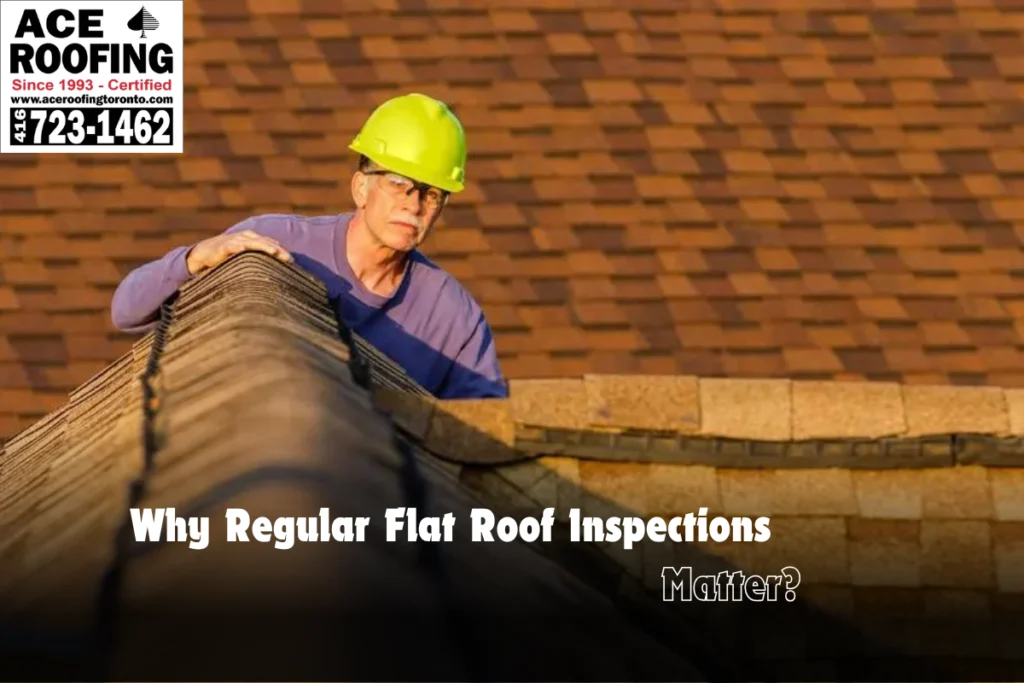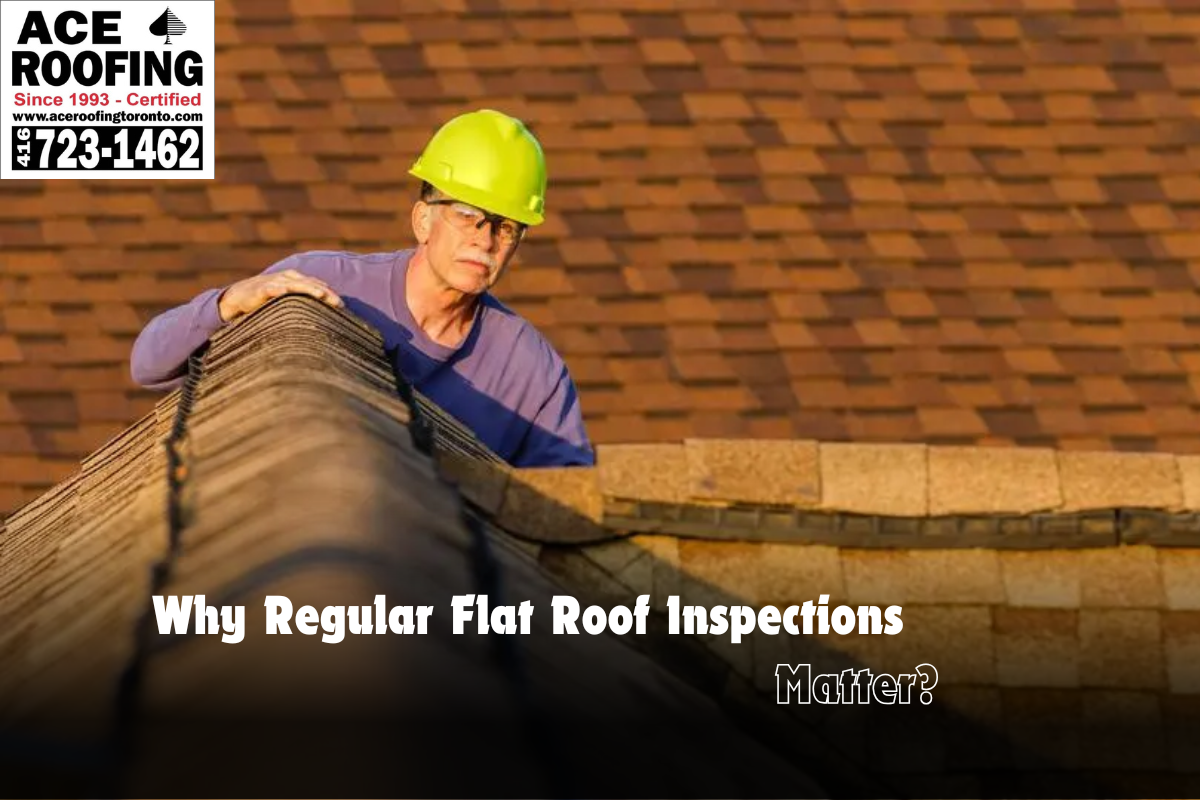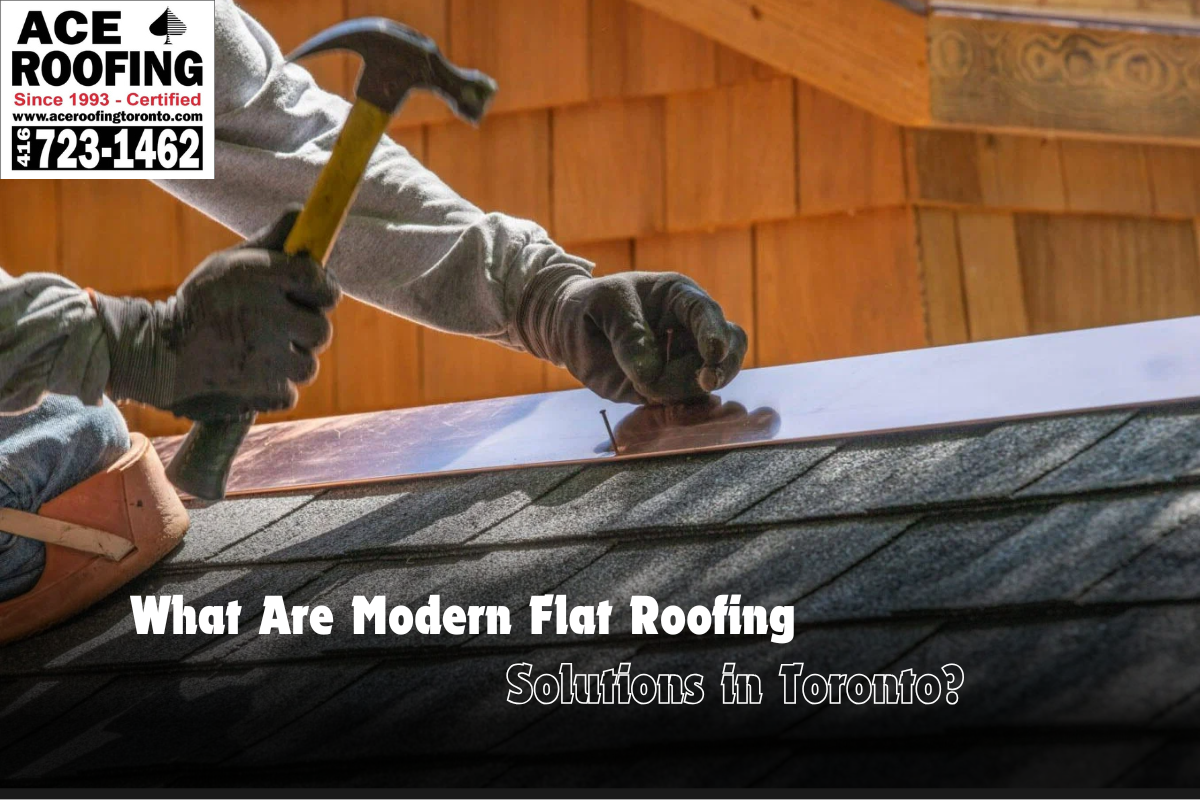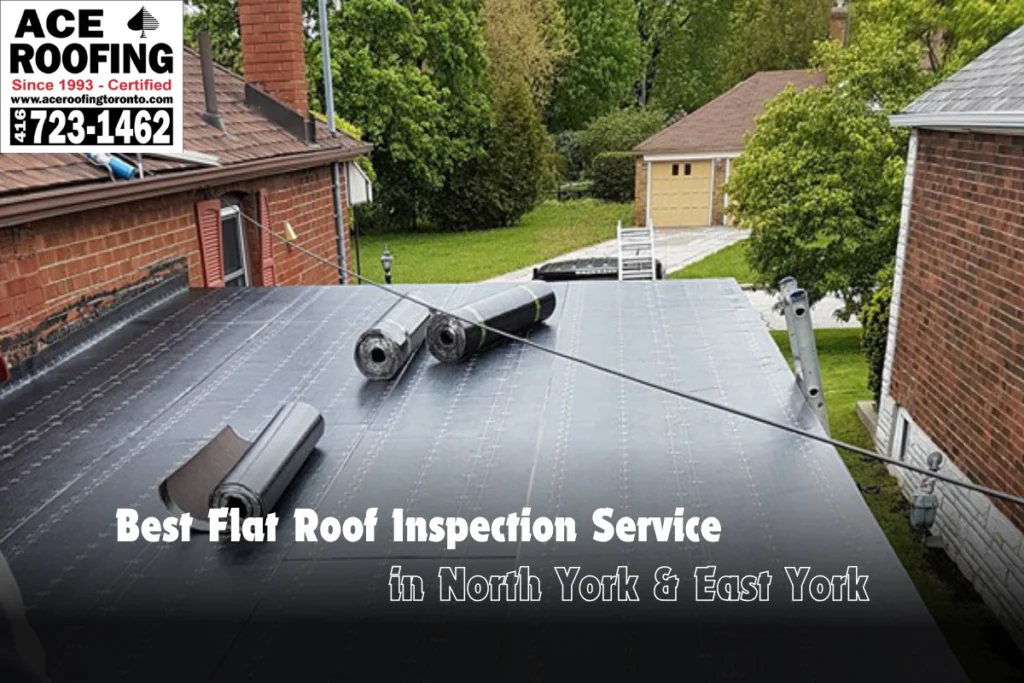Understanding Flat Roofs and Their Unique Needs
Despite their name, flat roofs maintain a minimal slope of 1-2 degrees designed to facilitate water drainage. However, compared to traditional pitched roofing systems where water flows rapidly downward, flat roofs present significantly different drainage dynamics that require specialized attention and maintenance approaches.
Water retention represents the primary challenge for flat roofing systems. Water accumulates in corners, settles in low-lying areas, and creates pooling conditions that can compromise structural integrity over time. Traditional pitched roofs eliminate water quickly through gravity-assisted drainage, while flat roofs rely on more complex drainage systems that require consistent maintenance and monitoring.
This fundamental difference necessitates increased attention to flat roof maintenance and inspection protocols. Minor structural issues such as small cracks or membrane separations can rapidly escalate into significant problems within months. Drainage systems that appear functional can become compromised by debris accumulation, leading to standing water conditions that weaken the entire roofing structure.
A comprehensive flat roof inspection becomes essential because unlike traditional roofing systems, developing problems often remain undetected until significant damage has occurred. By the time interior water stains or active leaks become visible, underlying damage has typically been progressing for weeks or months.
Flat roofing systems represent substantial property investments that extend beyond the roof structure itself. When roofing failures occur, water damage spreads throughout the building, potentially creating mold growth issues and structural complications. Most property owners discover these problems only after repair costs have escalated to significant levels, making preventive inspection protocols a critical investment protection strategy.
Why Regular Flat Roof Inspections Matter
1. Early Detection of Problems
Proactive flat roof inspection enables identification of potential issues before they develop into costly emergencies. Minor structural concerns including hairline cracks, small seam separations, or membrane punctures may appear insignificant initially but can expand rapidly without proper intervention.
Professional documentation demonstrates how seemingly minor defects can progress dramatically over relatively short periods. A small crack measuring one inch can expand across extensive membrane sections within six months, transforming a minor repair into a major replacement project.
Early detection through systematic inspection protocols allows for targeted repairs that address root causes before extensive damage occurs. This proactive approach significantly reduces both repair costs and building disruption while maintaining structural integrity.
2. Preventing Water Damage
Water management represents a complex challenge for flat roofing systems. Properly functioning drainage systems maintain roof integrity, but seasonal debris accumulation including leaves, dirt, and organic materials can compromise drainage effectiveness rapidly.
Standing water conditions develop when drainage systems become obstructed, creating persistent moisture exposure that exploits every structural weakness in the roofing system. Water infiltration leads to interior damage, structural deterioration, and repair expenses that can escalate quickly without prompt intervention.
Regular flat roof inspection maintains drainage system functionality and identifies potential water retention issues before extensive damage occurs. This preventive approach protects both the roofing system and interior building components from water-related deterioration.
3. Prolonging Roof Lifespan
Roof replacement represents a significant capital expense that disrupts building operations and requires substantial financial investment. However, proper maintenance protocols can extend roofing system lifespan considerably through systematic care and targeted repairs.
This maintenance philosophy parallels automotive care principles where regular service prevents major component failures. Flat roof inspection follows similar logic, where modest investments in maintenance and early repairs maximize return on roofing system investments.
Systematic inspection and maintenance programs help property owners achieve optimal value from their roofing investments while avoiding premature replacement costs. This approach protects capital investments while maintaining building functionality and occupant comfort.
4. Energy Efficiency
Compromised roofing membranes or failing insulation systems force heating and cooling equipment to operate beyond optimal efficiency parameters. During Toronto’s extreme seasonal temperature variations, including harsh winters and hot summers, inefficient building envelopes create substantial increases in energy consumption and utility costs.
Regular flat roof inspection ensures proper membrane integrity and insulation performance, maintaining building energy efficiency and controlling operational expenses. This systematic approach to roof maintenance directly impacts long-term building operating costs and environmental performance.
Energy-efficient roofing systems contribute to sustainable building operations while reducing operational expenses, making inspection programs valuable investments in building performance optimization.
5. Peace of Mind
Confidence in roofing system integrity provides substantial value for property owners and building managers. Whether protecting residential or commercial properties, reliable roof performance enables focus on core activities without constant concern about potential leaks or emergency repairs.
This assurance represents significant practical value, eliminating uncertainty and enabling proactive planning rather than reactive crisis management. Professional inspection programs provide documented assurance of roof condition and performance reliability.
What Happens During a Flat Roof Inspection?
Professional flat roof inspection involves comprehensive evaluation of all roofing system components and performance factors:
Surface Evaluation: Complete examination of every roof section for cracks, blisters, punctures, or wear patterns. This detailed assessment identifies both obvious and subtle condition indicators that may signal developing problems.
Drainage Assessment: Comprehensive testing of gutters, downspouts, and drainage systems to verify proper water management functionality. Effective drainage represents the foundation of flat roof performance, making this evaluation critical for system integrity.
Flashing Analysis: Detailed examination of flashing installations around vents, skylights, and chimney penetrations. These transition areas represent common failure points requiring specialized attention and regular monitoring.
Water Damage Detection: Systematic identification of soft spots, moisture stains, or mold evidence throughout the roofing system. Damage indicators may range from obvious to subtle, requiring professional expertise for accurate assessment.
Membrane Integrity Review: For membrane roofing systems, comprehensive evaluation of seams and joints for separation or lifting conditions. These critical connection points often represent initial failure locations requiring preventive attention.
General Maintenance Assessment: Debris removal and identification of potential maintenance requirements for future attention. This comprehensive approach addresses both immediate and developing concerns.
Following inspection completion, property owners receive detailed reports documenting all findings and specific recommendations for any required attention. This professional documentation provides clear guidance for maintenance decisions and budget planning.
How Often Should Flat Roof Inspections Be Done?
Industry best practices recommend bi-annual flat roof inspection scheduling, typically conducted during spring and fall periods. This timing optimizes roof preparation for seasonal weather challenges while identifying damage from extreme weather events.
Spring inspections identify winter-related damage and prepare roofing systems for heavy rainfall periods common during Toronto’s spring season. Fall inspections prepare buildings for snow loads, ice formation, and freezing temperature cycles that characterize Canadian winters.
Additional flat roof inspection should be scheduled following significant weather events including hail storms, severe wind events, or extreme temperature fluctuations. These weather conditions can cause damage that remains invisible from ground-level observation, requiring professional assessment for accurate condition evaluation.
Regular inspection scheduling provides systematic monitoring that identifies developing issues before they compromise building integrity or require emergency interventions.
Why Choose Professionals Like Ace Roofing Services Inc.?
Professional inspection services provide substantial advantages over informal assessment approaches. While property owners may attempt basic visual evaluations, comprehensive flat roof inspection requires specialized knowledge and equipment for accurate results.
Specialized Expertise: Companies like Ace Roofing Services Inc. possess comprehensive understanding of flat roofing system nuances that general contractors may overlook. Their extensive experience with diverse problem types enables accurate identification of both obvious and subtle condition indicators.
Safety Equipment and Training: Roofing work presents significant safety hazards requiring proper equipment and professional training. Ace Roofing Services Inc. maintains appropriate safety protocols and equipment for secure roof access and evaluation procedures.
Comprehensive Documentation: Professional inspection services provide detailed condition reports with specific recommendations rather than general observations. These reports support informed decision-making and provide documentation for insurance and warranty purposes.
Preventive Solutions: Ace Roofing Services Inc. identifies both current problems and potential future issues, enabling proactive maintenance strategies that prevent expensive emergency repairs. This forward-looking approach maximizes property protection while controlling maintenance costs.
Customized Maintenance Programs: Every roofing system requires tailored maintenance approaches based on age, materials, usage patterns, and environmental conditions. Ace Roofing Services Inc. develops customized maintenance schedules that optimize system performance for specific building requirements.
Professional flat roof inspection services from Ace Roofing Services Inc. provide comprehensive evaluation and maintenance planning that protects property investments while optimizing long-term building performance.
The Cost of Neglecting Flat Roof Inspections
Property owners who defer inspection services to reduce immediate expenses typically incur substantially higher long-term costs. Neglecting flat roof inspection parallels ignoring automotive maintenance indicators – problems that seem manageable initially often escalate into major system failures requiring expensive interventions.
Deferred maintenance approaches generally result in:
- Emergency repair requirements during inconvenient timing
- Extensive water damage affecting building interiors
- Premature roof replacement necessitating major capital expenditure
- Business or residential disruption during emergency repairs
- Potential insurance complications due to maintenance neglect
Systematic inspection programs represent cost-effective insurance against these expensive scenarios while protecting property values and building functionality.
Final Thoughts
Roofing systems protect all interior building components and contents, making their reliable performance essential for property protection. Maintaining roof health requires systematic attention rather than reactive approaches to emerging problems.
Regular flat roof inspection provides optimal protection against expensive surprises while extending system lifespan and maintaining building energy efficiency. This proactive approach protects property investments while providing operational reliability.
Property owners should implement preventive maintenance strategies before visible damage or active leaks develop. Partnering with experienced professionals like Ace Roofing Services Inc. ensures comprehensive roof care through their expertise and commitment to quality service delivery.
Professional roof maintenance programs provide confidence in building protection while avoiding emergency repair situations that disrupt building operations and strain maintenance budgets. This systematic approach to roof care represents sound property management and investment protection.
FAQs
1. Why are regular flat roof inspections important?
Inspections help detect leaks, cracks, or drainage issues early, preventing costly damage and extending roof life.
2. How often should I get my flat roof inspected in Toronto?
It’s recommended to schedule inspections at least twice a year—typically in spring and fall—and after severe storms.
3. Can regular inspections reduce flat roof repair costs?
Yes, early detection of minor issues through inspections helps avoid expensive emergency repairs or full replacements.
4. What problems are commonly found during flat roof inspections?
Typical issues include ponding water, membrane damage, flashing deterioration, and blocked drainage systems.
5. Who should perform a flat roof inspection in Toronto?
Always hire a professional roofing contractor like Ace Roofing Services Inc., as they have the expertise to spot hidden issues and provide reliable solutions.







